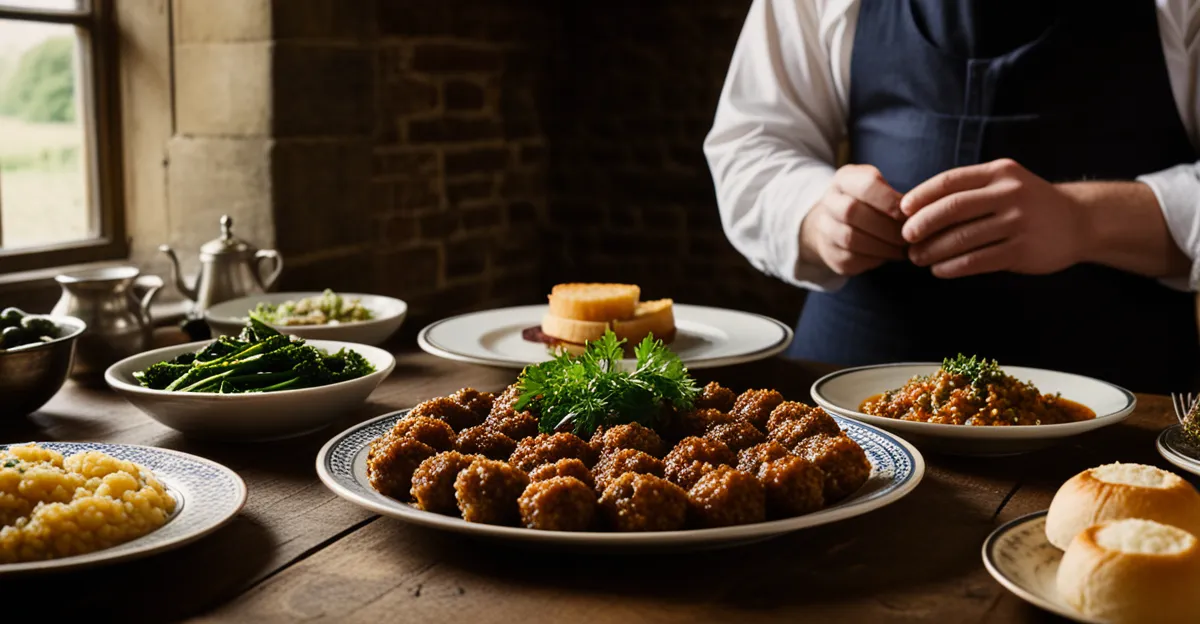Historical Roots of British Cuisine
British cuisine’s origins are deeply intertwined with the Roman and Norman periods, which introduced foundational changes still evident today. The Roman influence on British food brought not only new ingredients like oysters, peas, and cabbage but also advanced preservation methods such as salting and pickling. Romans introduced sophisticated cooking techniques and encouraged the cultivation of herbs, laying groundwork for later culinary developments.
The Norman impact on British dishes further transformed the food landscape, introducing richer sauces, refined pastries, and a greater emphasis on meat, particularly game and beef. Normans popularized dishes featuring spices like cinnamon and clove, words and practices that still echo in iconic British fare.
Topic to read : What are the essential spices for authentic UK curry dishes?
Through these eras, key ingredients such as root vegetables and cereals became staple items, evolving alongside food customs like communal feasting and the prominence of roasts. This blend of traditional British cuisine origins fostered a culinary identity that balanced rustic simplicity with influences from continental Europe. These historic layers underpin many dishes now regarded as quintessentially British.
Regional Diversity and Iconic Dishes
British cuisine reflects a rich tapestry of regional British food traditions, each shaped by geography, history, and local resources. In Scotland, for example, dishes like haggis and Cullen skink highlight a focus on hearty, rustic ingredients native to the area. Meanwhile, in Wales, lamb and leeks are prominent, reflecting agricultural staples, and traditional Welsh cakes embody local baking customs. Northern England boasts specialties such as Yorkshire pudding and Cornish pasties, emblematic of its mining and farming heritage.
Also read : How Does Traditional British Cuisine Influence Modern UK Cooking?
Distinctive flavors and iconic British dishes arise from these regional differences, fostering a strong culinary identity tied to place. The coastal southwest emphasizes seafood, with dishes like cream teas in Devon and Cornwall standing out. These culinary customs contribute deeply to British culinary traditions, creating diversity yet unity within the national food culture.
Understanding this regional variety offers insight into how local ingredients and histories shape favorite dishes, enriching British food beyond the well-known staples. Moreover, such diversity encourages exploration and appreciation of lesser-known recipes, highlighting the complexity behind British food culture today.



